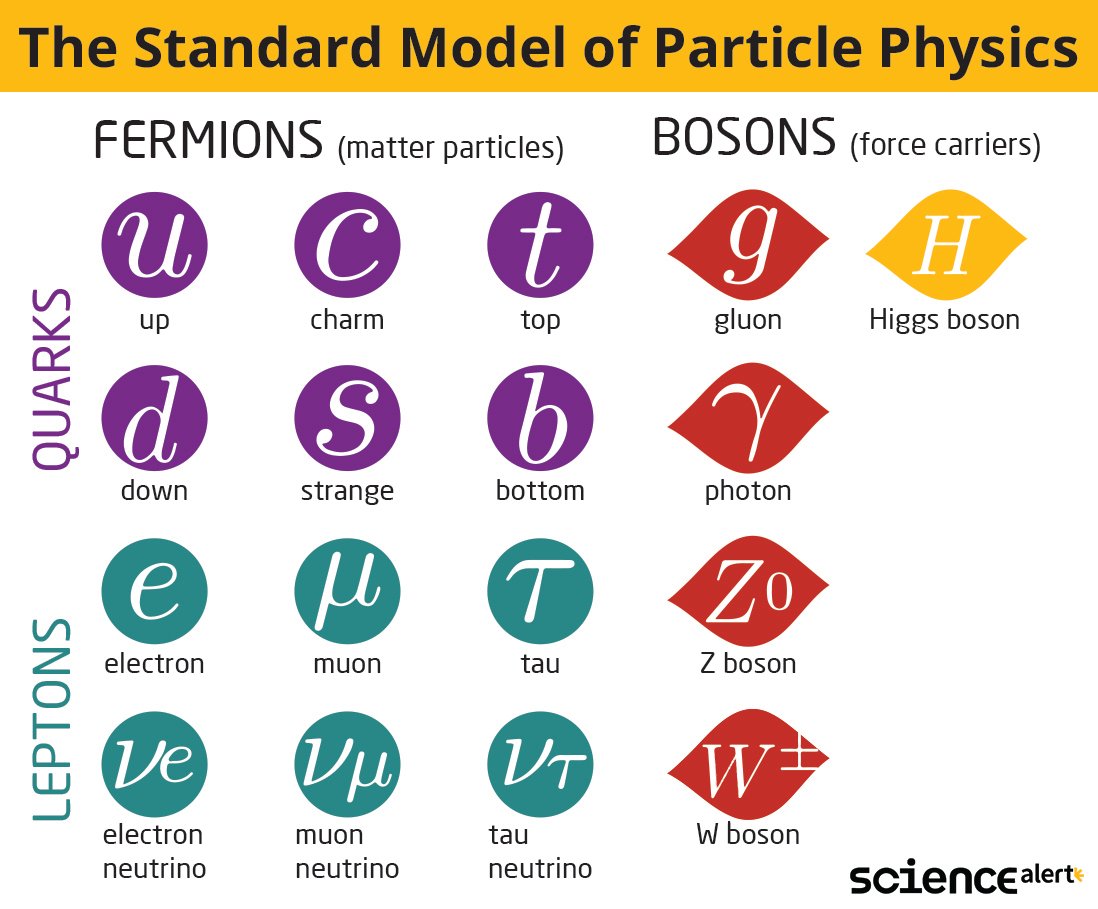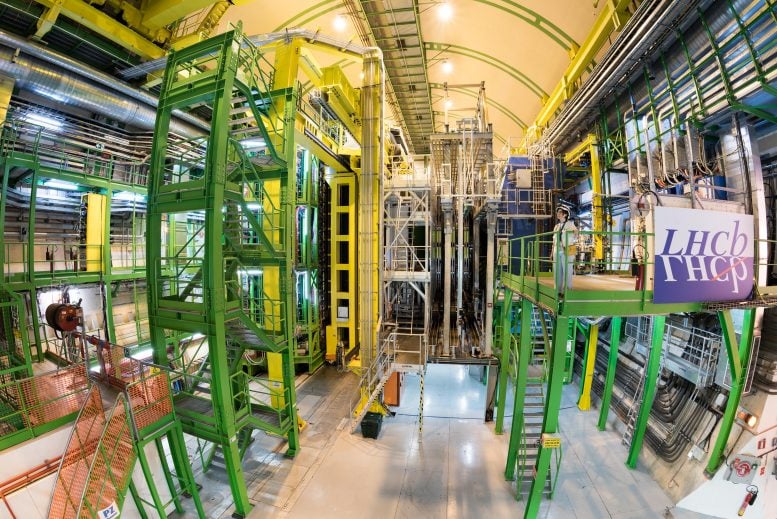Physicists Just Found 4 New Subatomic Particles That May Test The Laws of Nature
PATRICK KOPPENBURG, THE CONVERSATION -- 5 MARCH 2021
This month is a time to celebrate. CERN has just announced the discovery of
four brand new particles at the Large Hadron Collider (LHC) in Geneva.
This means that the LHC has now found
a total of 59 new particles, in addition to the
Nobel prize-winning Higgs boson, since it started colliding protons – particles that make up the atomic nucleus along with neutrons – in 2009.
Excitingly, while some of these new particles were expected based on our established theories, some were altogether more surprising.
The LHC's goal is to explore the structure of matter at the shortest distances and highest energies ever probed in the lab – testing our current best theory of nature:
the Standard Model of Particle Physics. And the LHC has delivered the goods – it enabled scientists
to discover the Higgs boson, the last missing piece of the model. That said, the theory is still far from being fully understood.
One of its most troublesome features is its description of the strong force which holds the atomic nucleus together. The nucleus is made up of protons and neutrons, which are in turn each composed of three
tiny particles called quarks (there are six different kinds of quarks: up, down, charm, strange, top and bottom).

If we switched the strong force off for a second, all matter would immediately disintegrate into a soup of loose quarks – a state that existed for a fleeting instant at the beginning of the universe.
Don't get us wrong: the theory of the strong interaction, pretentiously called "
quantum chromodynamics", is on very solid footing. It describes how quarks interact through the strong force by exchanging particles called gluons. You can think of gluons as analogues of the more familiar photon, the particle of light and carrier of the electromagnetic force.
SOURCE: ScienceAlert.com














